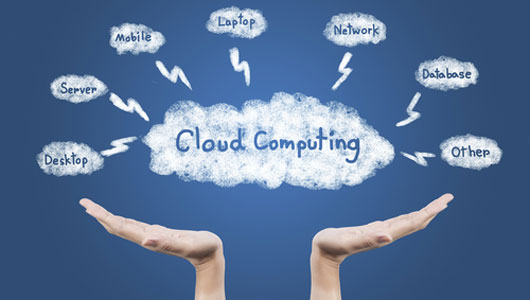
Cloud computing is based on resource virtualization of both net and computing components inside a proper infrastructure to execute and configure these resources over one or several clusters as well as using them remotely.
The pursued goal is to have a better resource exploitation since it is possible to execute several virtual machines that may belong to different users (each one counting with its own operating system and applications) over a generic machine executed by a hypervisor (necessary software to execute virtual machines).
8 february 2017
From the point of view of the cloud computing user it makes it possible to access to great computing and storage resources. Outsourcing these resources generates the following benefits:
1- We avoid the acquisition, operation and maintenance cost of the infrastructure. For instance: the cost of a four-node server including several net cards and a high speed interconnection switch could be about 12,000 Euros. This cost is particularly high considering that the infrastructure use is going to be intermittent.
2- Only used resources are paid when it comes to CPU time, data storage, communications, etc.) If we stop the virtual machines, the cost is zero.
3- To increase the resource quantity only takes a few minutes. The suppliers of these services offer web applications that make it easier to increase and configure available resources.
4- Lastly, the suppliers of these infrastructures offer additional advanced services to its users like for example auto scaling, load balancing, preconfigured platforms where applications can be deployed, data storage, etc.
This model is equal to the resource access mode used in, for example, water or light in our homes. If water is needed, we only have to turn on the tap and then part of the bill relies proportionally on the consumed quantity.

There is clear example of these model’s benefits: let’s assume we make a mobile application and it has got a part which belongs to a server (e.g. to storage and provide information). The assumption is that we release the application to the public and it gets to be installed 1,000 times in its first day. This server could probably carry the load, but if it does well and the next day it is downloaded and used by 10,000 people, there is a problem since we need to get more servers from one day to another, install the operating system, install the application server and, finally, over that one, our application.
If we opt for the cloud model we can have our application triplicated in n servers in a matter of minutes.
On the other hand, this model may have its disadvantages too. The most noted ones are the following: information safety since the data is stored in external resources and the relying on a server supplier.











